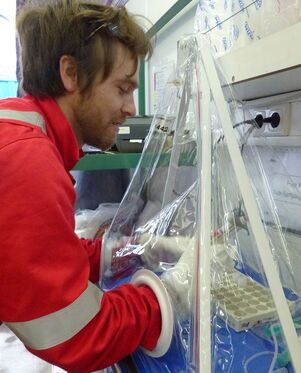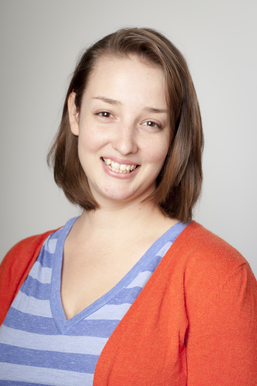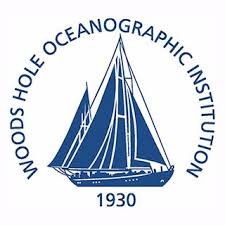Recruiting now
Interested in joining the lab? We are currently looking to recruit undergraduate and graduate students as well as postdocs. Contact Dr. Dalton Hardisty ([email protected]) to learn more. You can learn more about the MSU Earth and Environmental Science Department via this link. Guidelines for graduate school application can be found here.








